In the realm of succulents, haworthia limifolia stands out. It’s a tough little plant with a striking look. Its leaves are dark green, with white stripes that catch your eye. People who love plants are drawn to it, all over America. Whether you’ve been working with plants for years or you’re just starting, this guide will help you take good care of your haworthia.
Haworthia limifolia needs the right care to grow well. It’s not just about keeping the plant alive; it’s about letting it thrive, whether that’s at home or in an office. This guide will tell you everything you need to know.
Here’s what you need to remember:
- Haworthia limifolia has its own needs, like any plant.
- You have to be disciplined in how you care for it.
- The soil, light, and water have to be just right.
- Taking care of plants takes patience and an eye for detail.
- If you do it right, your haworthia will last a long time and look great.
Stick to these tips and your haworthia limifolia will do more than survive—it’ll bring a piece of nature’s beauty into your space.
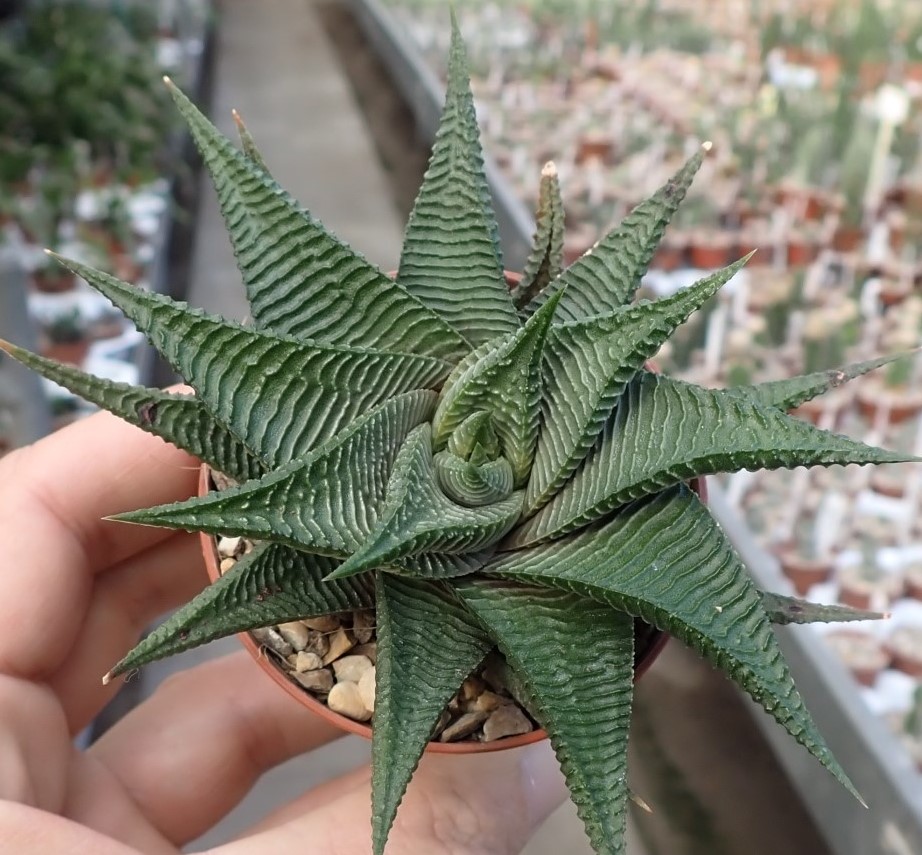
Understanding the Intriguing Haworthia Limifolia
The Haworthia limifolia plant is a captivating succulent that commands admiration for its distinctive appearance and minimal care requirements. As members of the Aloeae tribe, these succulents display characteristics that are both intriguing and functional. Their compact, rosette form and textured leaves with raised white spots distinguish them from other houseplants, crafting a visual interest that captures the attention of plant enthusiasts worldwide.
One cannot help but be drawn to the plant’s spiral leaf arrangement, an artful display of nature’s precision. For those who desire to create a serene yet striking botanical display, Haworthia limifolia plants prove themselves as an exceptional choice. Consistently, they demonstrate resilience under various conditions, but they notably flourish in well-draining soil, a testament to their drought-tolerant nature that speaks to their African roots.
- Drought-tolerant: These succulents require minimal watering, showcasing their adaptability to arid environments.
- Well-draining soil preference: A crucial aspect of their care, providing the proper soil type ensures the health and vigor of Haworthia limifolia roots.
- Distinctive aesthetic: The characteristic leaves, enhanced by spiral growth and white tubercles, make them a decorative standout.
As we delve into the essentials of cultivating Haworthia limifolia plants, it is these very attributes—resiliency, unique aesthetic appeal, and adaptive roots—that underline their desirability. Whether nestled among other succulents or featured solo, these impeccable specimens from the Aloeae alliance stand as beacons of beauty in the world of haworthias. By understanding and appreciating the fundamentals of this plant, we lay down a solid foundation for nurturing and enjoying it to the fullest.
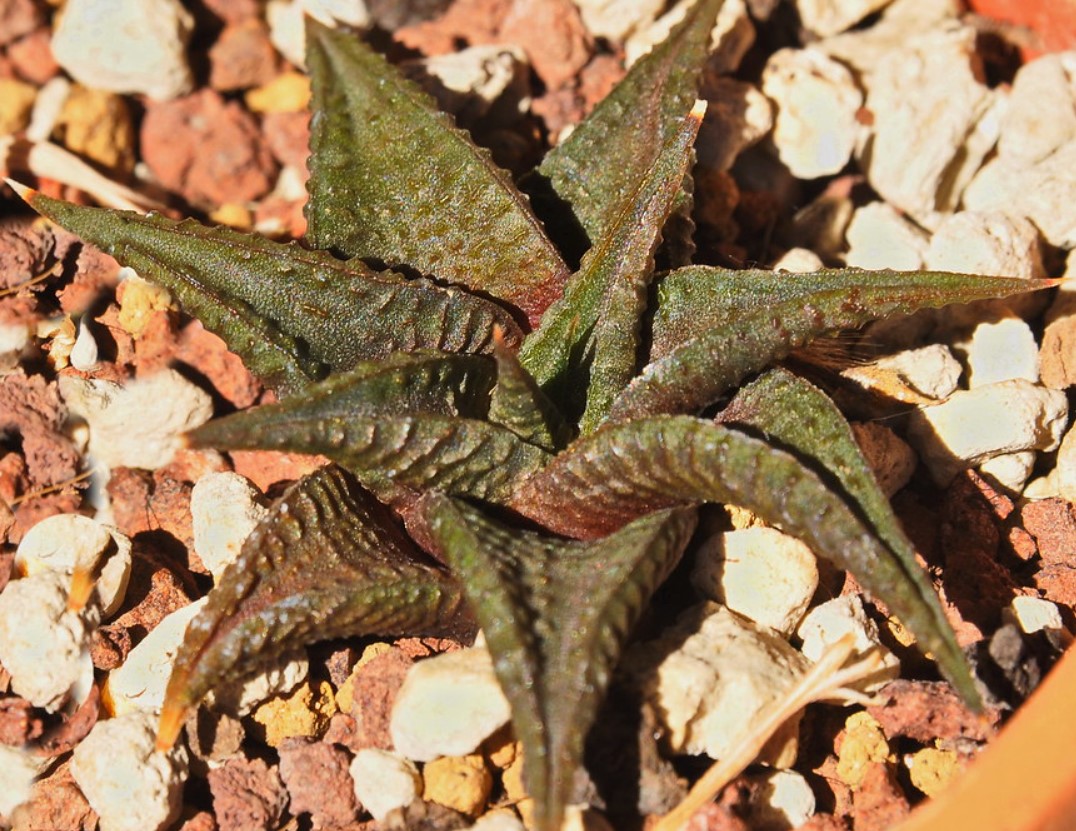
Creating the Perfect Environment for Haworthia Limifolia
As devotees of the elegant Haworthia limifolia, it’s our mission to replicate the ideal conditions that allow this succulent to flourish. Achieving the pinnacle of health for these plants starts with their foundation—the soil they call home—and extends to the light that nourishes them and the climate that surrounds them.
Choosing the Right Soil Mix for Your Haworthia
When it comes to soil mix, drainage is the watchword. A potting soil that’s designed for cacti and succulents, combined with amendments such as perlite or peat moss, provides the perfect balance of moisture retention and drainage. The correct pot, be it terracotta or plastic, must offer adequate drainage holes to prevent water from pooling at the bottom. This prevents dreaded root rot, ensuring your Haworthia limifolia continues to thrive.
Lighting Needs for Vibrant Haworthia Limifolia Plants
Our photosynthesizing friends are particular about their light. They beam with health when basking in bright, indirect light. Be mindful of their placement; too much exposure to direct sunlight can scorch their leaves, while too little can weaken their stature. By positioning them in a spot that mimics the dappled sunlight of their native environment, you’ll witness a remarkable enhancement in their color and vigor.
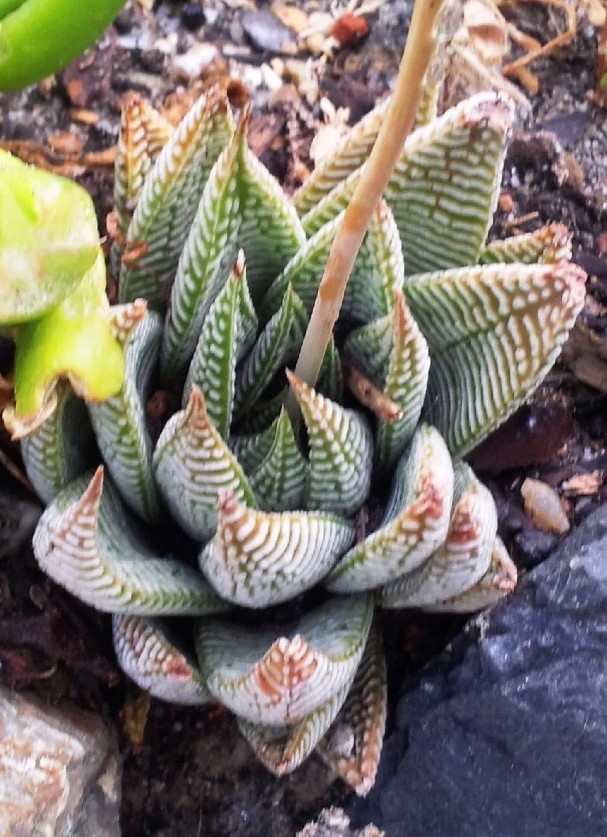
Regulating Temperature and Humidity for Optimal Growth
Haworthia limifolia appreciates consistency in its temperature and humidity levels. Strive to emulate the warm days and cool, well-ventilated nights akin to its natural habitat, keeping temperatures mild and humidity moderate. Protecting these plants from temperature extremes is crucial—avoid letting them languish in frost or swelter in heat. Instead, create an ambiance that mirrors the gentle ebb and flow of natural rainfall and temperatures to watch your Haworthia limifolia thrive.
A Complete Haworthia Limifolia Succulent Care Guide
Maintaining the optimal health of your haworthia limifolia requires an understanding of its specific watering, feeding, and pest management needs. Below, we’ve compiled expert advice to help you nurture your plant during its active growth period and beyond.
Watering Your Haworthia Limifolia: Techniques and Tips
Proper watering is critical to keeping your succulent moist without causing rot. Employing the soak and dry method is ideal, where you thoroughly water the soil and then allow it to dry completely before the next watering. It is important to adapt your watering schedule to climatic changes, with less frequency during cooler months.
Here are some tips to ensure proper hydration:
- Check the topsoil for dryness before watering
- Use tepid water to avoid shocking the succulent’s roots
- Water in the morning to allow excess moisture to evaporate during the day
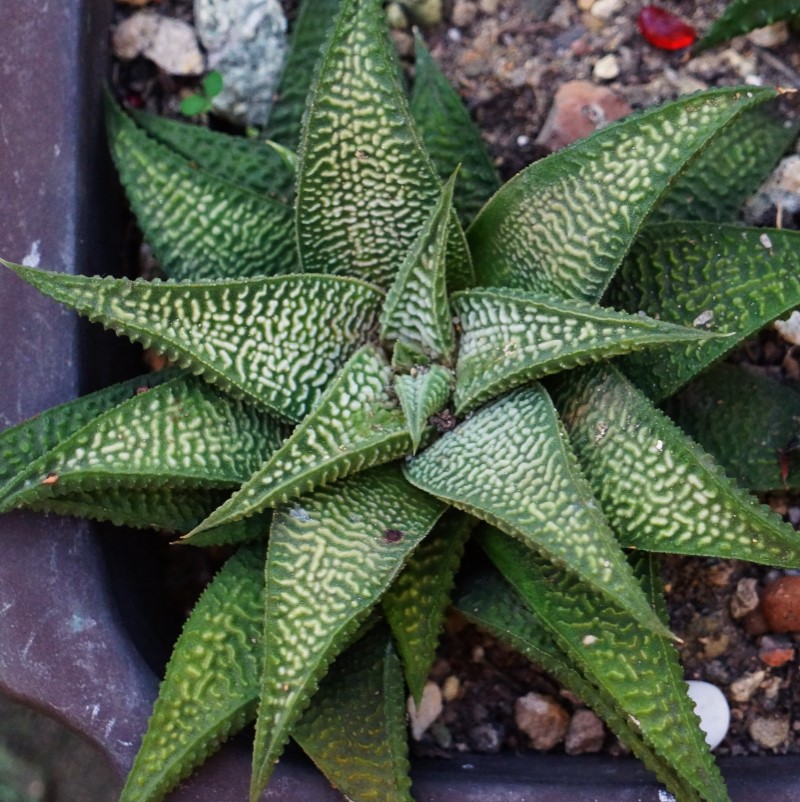
Feeding Your Succulent: Fertilization Best Practices
Feeding your haworthia limifolia is not overly complicated, but it requires careful consideration. During the active growth period, usually in the spring and summer, feeding your plant with a diluted houseplant fertilizer can provide necessary nutrients. Here are some key points on fertilization:
- Opt for a balanced, water-soluble fertilizer
- Apply fertilizer sparingly to avoid nutrient overload
- Follow the recommended frequency on the fertilizer’s label, usually once every month or two
Preventing Common Pests and Diseases in Haworthia Plants
While haworthia limifolia plants are generally resilient, they can be susceptible to certain pests and diseases. Keep an eye out for signs of rot, fungal infections, and insects such as mealybugs and spider mites. Regular inspections can aid early detection and treatment. Use horticultural oils and insecticidal soaps as preventative measures or in response to active infestations.
Here’s a quick reference table for common issues and solutions:
| Issue | Common Signs | Solution |
|---|---|---|
| Root Rot | Mushy, discolored base or roots | Reduce watering, improve drainage, replace soil |
| Fungal Infections | White powdery residue on leaves | Apply fungicide and reduce humidity around the plant |
| Insects (Mealybugs, Spider Mites) | Small bugs, webbing, or sticky residue on leaves | Treat with horticultural oils or soaps, remove infected parts |
Adhering to these guidelines will help ensure that your haworthia limifolia remains a vibrant and healthy succulent in your collection.
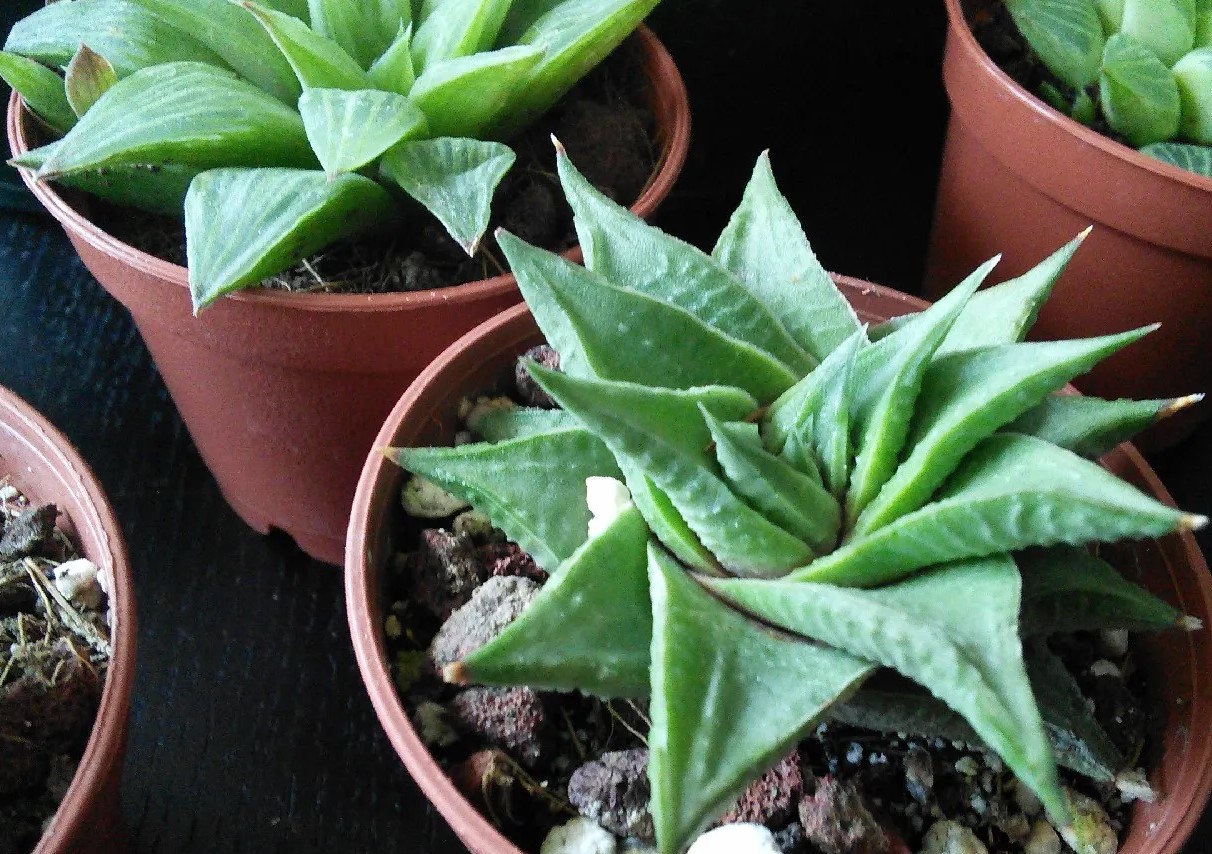
Expanding Your Collection: Propagation and Repotting of Haworthia Limifolia
As dedicated cultivators of Haworthia limifolia, we find joy in expanding our gardens by tapping into the plant’s natural ability for propagation. The thrill of watching a new generation sprout from offsets or leaf cuttings is paralleled only by the satisfaction of nurturing these progenies to become robust individual plants. Today, let’s explore the best practices for ensuring successful propagation and the art of repotting your growing Haworthia collection.
When the mother plant graces us with offsets, we are presented with a straightforward method to increase our collection. By gently removing these offsets and allowing them to develop callous tissue, we prepare them for potting. Identifying the perfect new pot is critical; it should provide ample space for growth while ensuring root health with proper drainage. Below is a guide to place offsets and begin cultivating new haworthias.
- Select a new pot 2-3 inches in diameter for the offset.
- Ensure the pot has a drainage hole to prevent water accumulation.
- Fill the base of the pot with a succulent-specific potting mix.
- Place the offset on the soil surface and gently push down to secure it.
- Place in indirect light and water sparingly to encourage root development.
Propagating through leaf cuttings, while requiring more patience, offers a rewarding challenge. It involves taking healthy, full leaves from the mother plant and nurturing them until they develop their own roots and eventually grow into individual pots. The table below outlines the steps involved in this fulfilling journey:
| Step | Action | Expected Outcome |
|---|---|---|
| 1 | Select and remove a plump, healthy leaf from the base of the mother plant. | The chosen leaf is intact, without any tears or bruises. |
| 2 | Allow the leaf to dry and callous over for 1-2 days. | A dry, hardened end on the leaf that will prevent rot when planted. |
| 3 | Place the leaf on top of a well-draining soil mix and mist gently. | Leaf is positioned for optimal exposure to indirect sunlight and air circulation. |
| 4 | Monitor the leaf and keep the soil slightly moist to encourage rooting. | New roots emerge from the cut end of the leaf over several weeks. |
| 5 | Transplant the rooted leaf into its own pot when a robust root system is established. | A new Haworthia limifolia plant begins its growth journey. |
Moving beyond propagation, repotting is equally essential for your Haworthia’s health and vitality. It is advised to repot your plant every two years or when growth visibly extends beyond the container’s edge. Select a new pot that is slightly larger than the current one, and fill it with a fresh succulent blend of soil to provide new nutrients and stimulate continued growth.
By understanding the stages of Haworthia limifolia propagation and employing careful repotting methods, we can endlessly multiply the beauty of these delightful succulents in our homes and gardens. As we divide and replant, we are not just cultivating plants, but fostering a cycle of life that perpetuates the joy of gardening.
Conclusion
As we conclude our exploration of the haworthia limifolia, it’s comforting to affirm that these plants are indeed non-toxic, making them a safe option for enthusiasts who share their home with pets and children. Our journey through the nuances of haworthia succulent care illustrates that with proper guidance, fostering a thriving plant is within the reach of beginners and experts alike. We’ve delved into essential care instructions, traversing topics such as soil conditions, lighting preferences, water needs, fertilization techniques, and pest management strategies – all pivotal in nurturing your haworthia limifolia.
In summarizing our insights, it’s clear that attention to the specific needs of this succulent is key. Optimal soil quality, the right amount of light, sparing water usage, judicious fertilization, and vigilant pest control form the cornerstone of effective haworthia care. It is these practices that will enable your plant to flourish and exhibit the robust health and stunning aesthetic it is known for.
Our final thoughts underscore the simple pleasure found in caring for these resilient and striking plants. Haworthia limifolia not only adds a touch of natural beauty to our surroundings but also offers a rewarding experience as we observe its growth and vitality. Through adherence to the care instructions we’ve outlined, you’ll be well-equipped to enjoy the full array of benefits these remarkable succulents have to offer.
FAQ
What makes Haworthia Limifolia a great plant for homes and offices?
Haworthia Limifolia is celebrated for its sculptural foliage and ease of care, thriving in a variety of indoor settings. It requires minimal watering, can survive in a range of light conditions, and adds a unique aesthetic appeal, making it an excellent choice for homes and offices.
How should I mix the soil for Haworthia Limifolia?
A well-draining soil mix is crucial. You can use a specialized cactus or succulent potting mix and enhance it with perlite or peat moss for better moisture control. Ensure that the pot also has adequate drainage holes to prevent waterlogging.
What are the lighting requirements for Haworthia Limifolia?
Haworthia Limifolia prefers bright, indirect light. Too much direct sunlight can scorch its leaves, while too little light might lead to etiolation. Finding a spot that receives filtered light will promote vibrant color and robust growth.
What temperature and humidity levels are ideal for Haworthia Limifolia?
This succulent enjoys warm temperatures and moderate humidity, reflecting its natural habitat conditions. It’s important to shield the plant from extreme temperatures like frost or very high heat and maintain a well-ventilated area to emulate its native climate.
How often should I water Haworthia Limifolia?
Watering should follow the “soak and dry” method—water thoroughly when the soil is completely dry, and then allow it to dry out before the next watering. The frequency will depend on the climate, season, and indoor conditions but generally, it’s reduced in winter.
How do I fertilize Haworthia Limifolia?
Use a balanced fertilizer during the growing season, spring and summer, at half the recommended strength. Fertilizing should be limited to once every month or two to prevent over-fertilization, which can harm the plant.
What common pests and diseases affect Haworthia Limifolia, and how can I prevent them?
Haworthia Limifolia can be affected by mealybugs, spider mites, and fungal diseases. Preventing these involves maintaining good air circulation, avoiding overwatering, and using horticultural oils or insecticidal soaps if pests are detected.
How do I propagate Haworthia Limifolia?
Propagate by gently removing offsets from the mother plant and planting them in their own pots with a suitable soil mix. You can also use leaf cuttings—allow the cut surface to callous over before planting. Ensure ample indirect light and sparingly water to encourage root development.
When is the best time to repot Haworthia Limifolia?
Repotting is best done during the active growth period in spring or early summer. This timing helps the plant to quickly adapt to the new pot and soil, reducing the risk of transplant shock.
Is Haworthia Limifolia toxic to pets and children?
No, Haworthia Limifolia is not toxic to pets or children, making it a safe addition to any home environment. However, as with any plant, it’s advisable to keep it away from small children and pets to prevent any potential damage to the plant or harm from choking on small parts.
